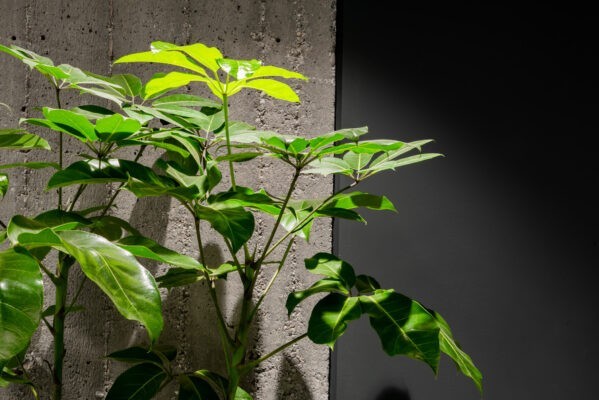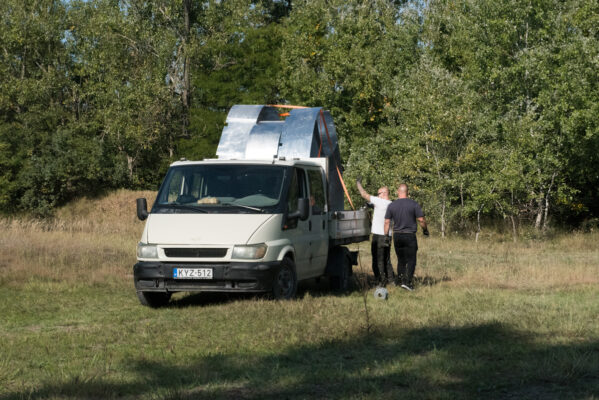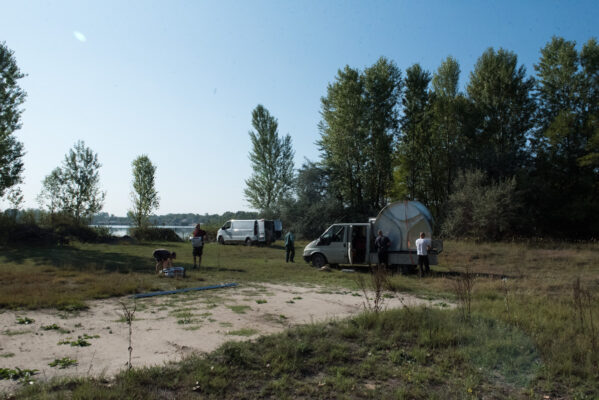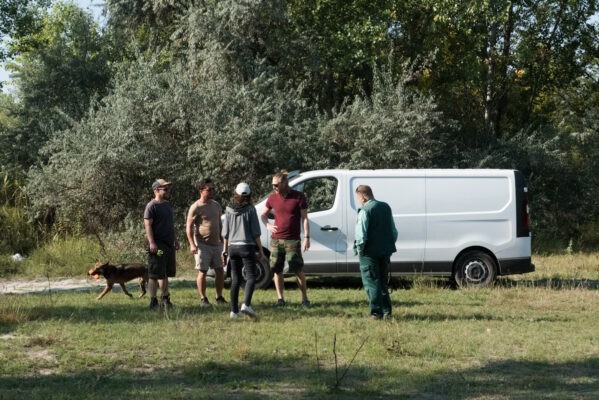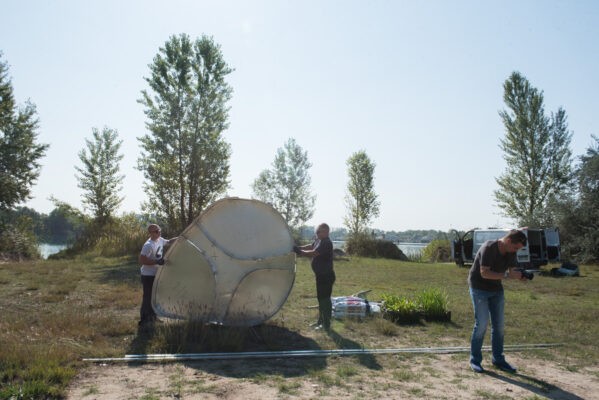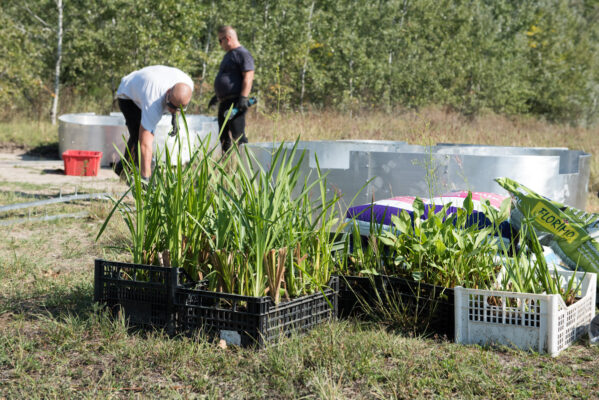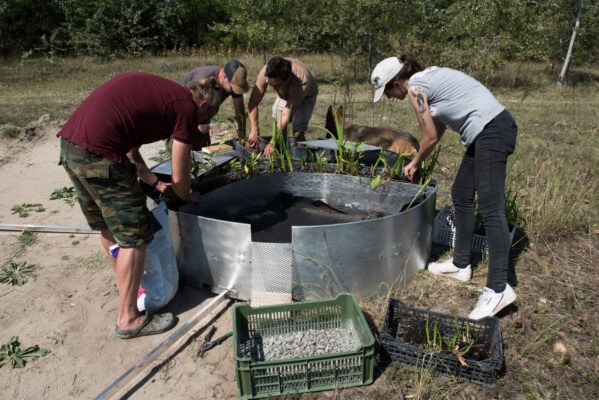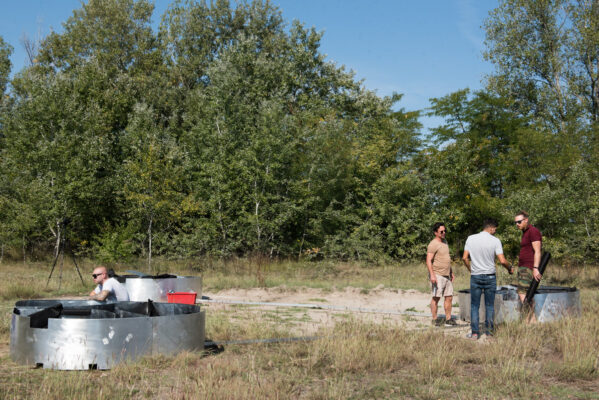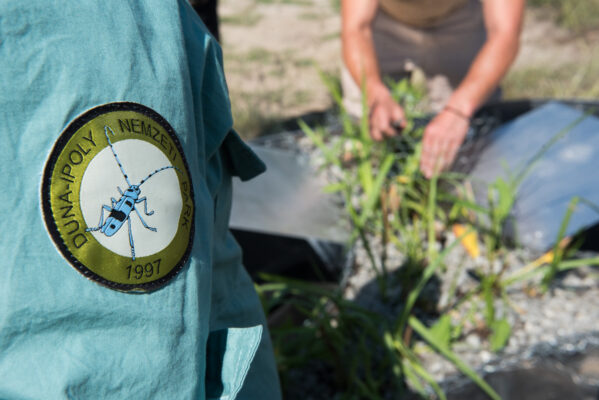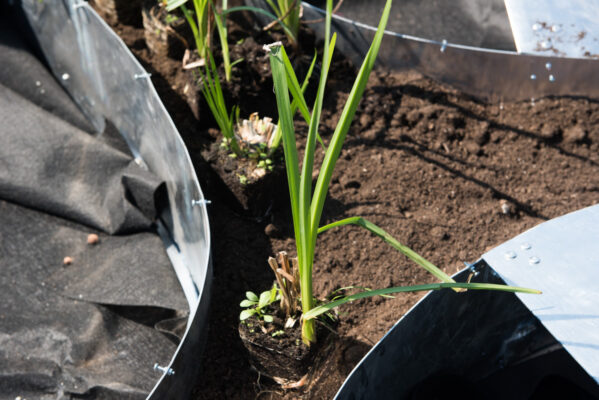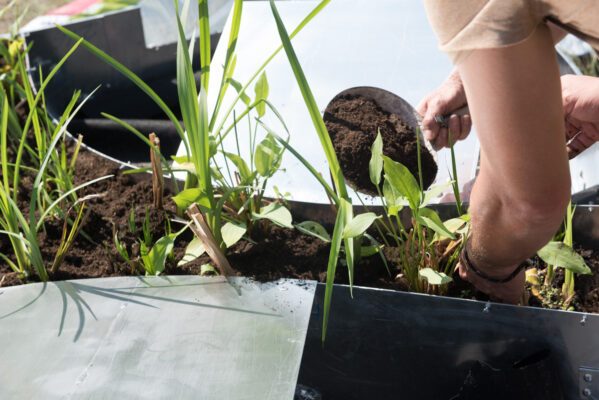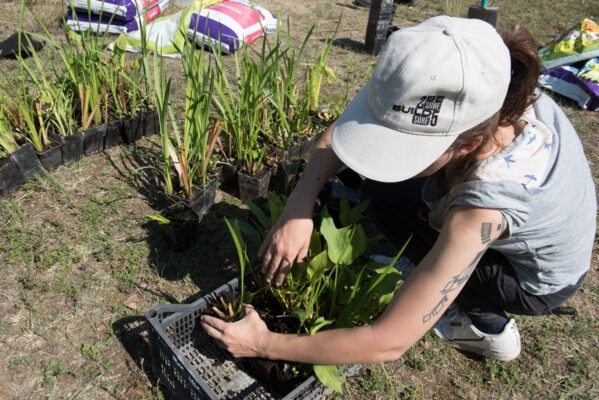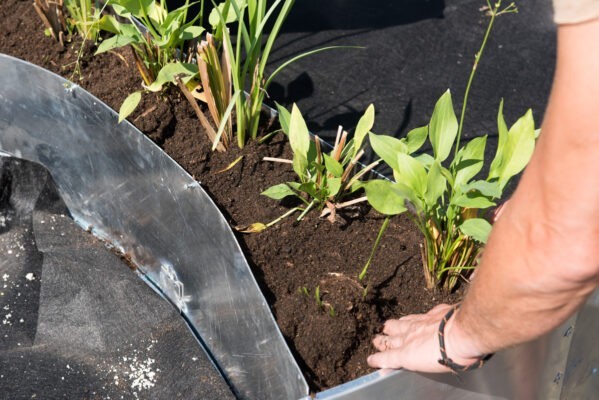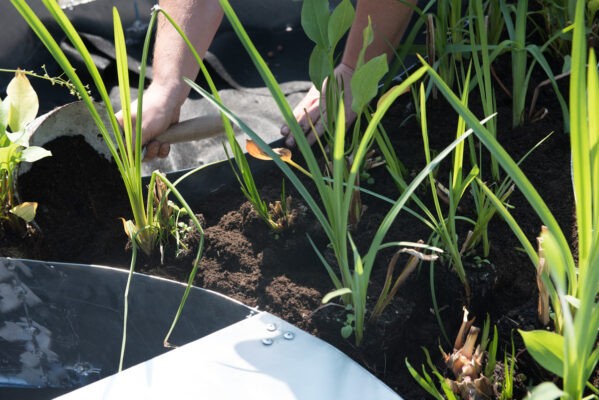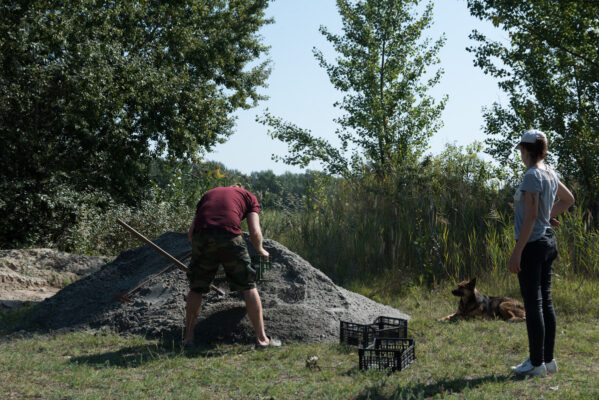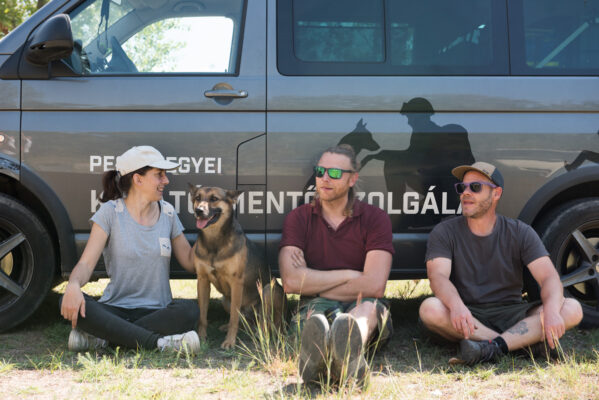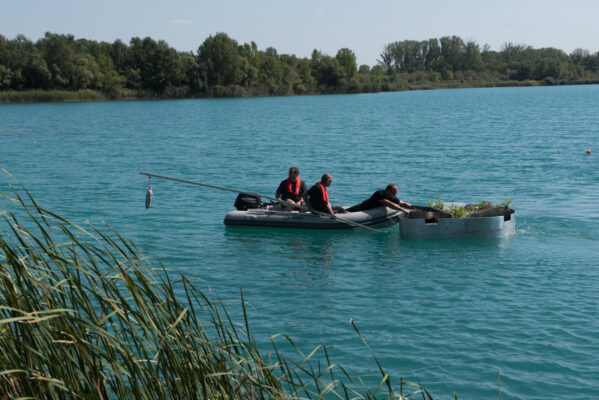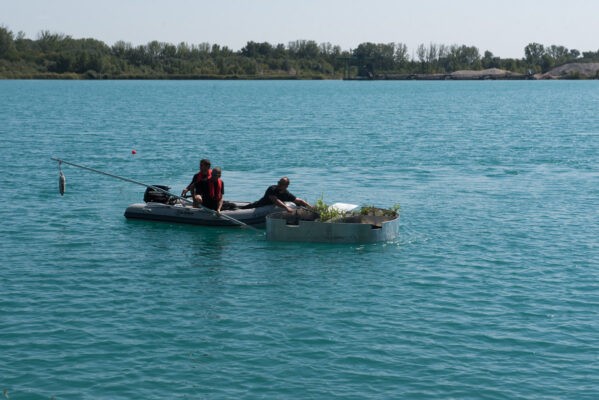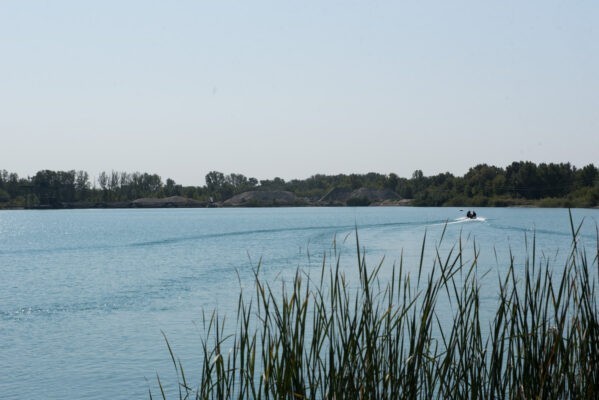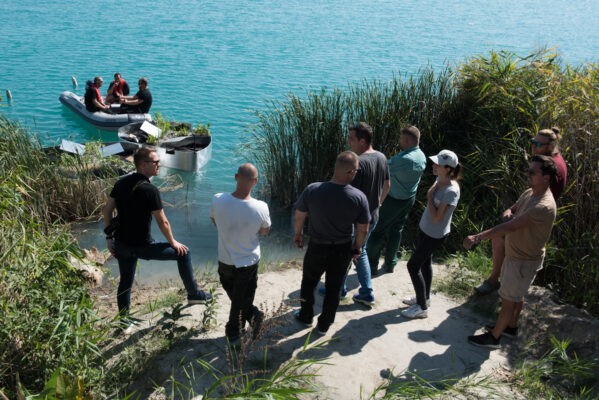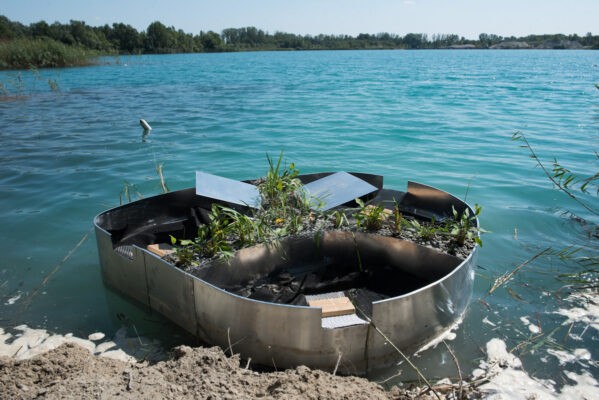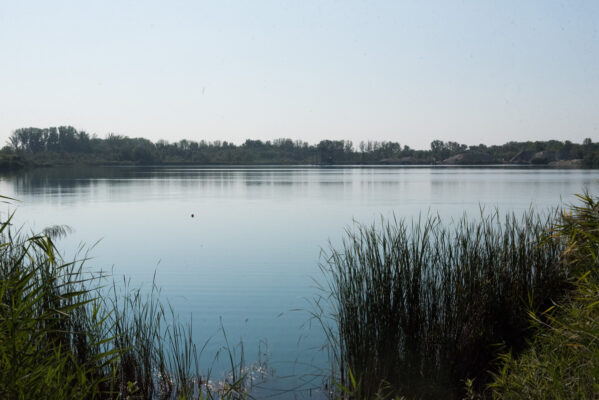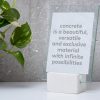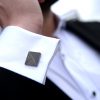Duna-Dráva Cement Kft. contacted our head designer in spring 2021, as its gravel quarry branch had an idea for an exciting and one-of-a-kind project. For the building material company sustainability and corporate social responsibility are of utmost importance, just as it is for the production to be done in an environmentally friendly way, preserving the natural resources for the next generation. These were the ideas in mind when they decided to plant floating islands as nesting spaces in the quarry lakes of Ócsa, for the protected birds who live there.
Boldog Anita, designer, founder of AB Concrete Design graduated Moholy-Nagy University of Art and Design in 2012 as a ceramics designer, her graduate work titled Uszika Beton – Úszik a beton [Concrete floats]. This project was the concept design of a floating concrete object series, which functioned as community spaces on water. The islands were made in a light grey colour, their base shape resembling pebbles, created in a way that they serve as seats as well.
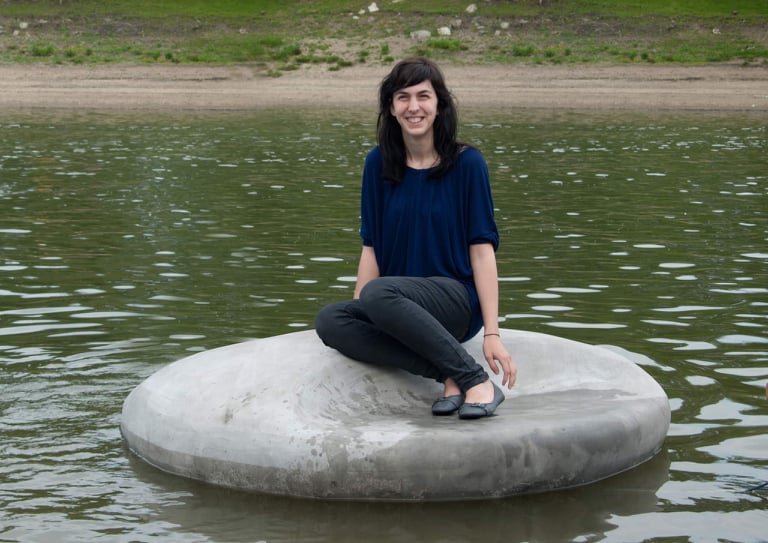
Anita and the DDC started working together due to a recommendation. The building material company’s vision was a product, based on the floating concrete islands’ model. Koltai Tamás, biologist and employees of the national park were also present at the first meeting, who described the necessary requirements, and our designer also outlined the possibilities.
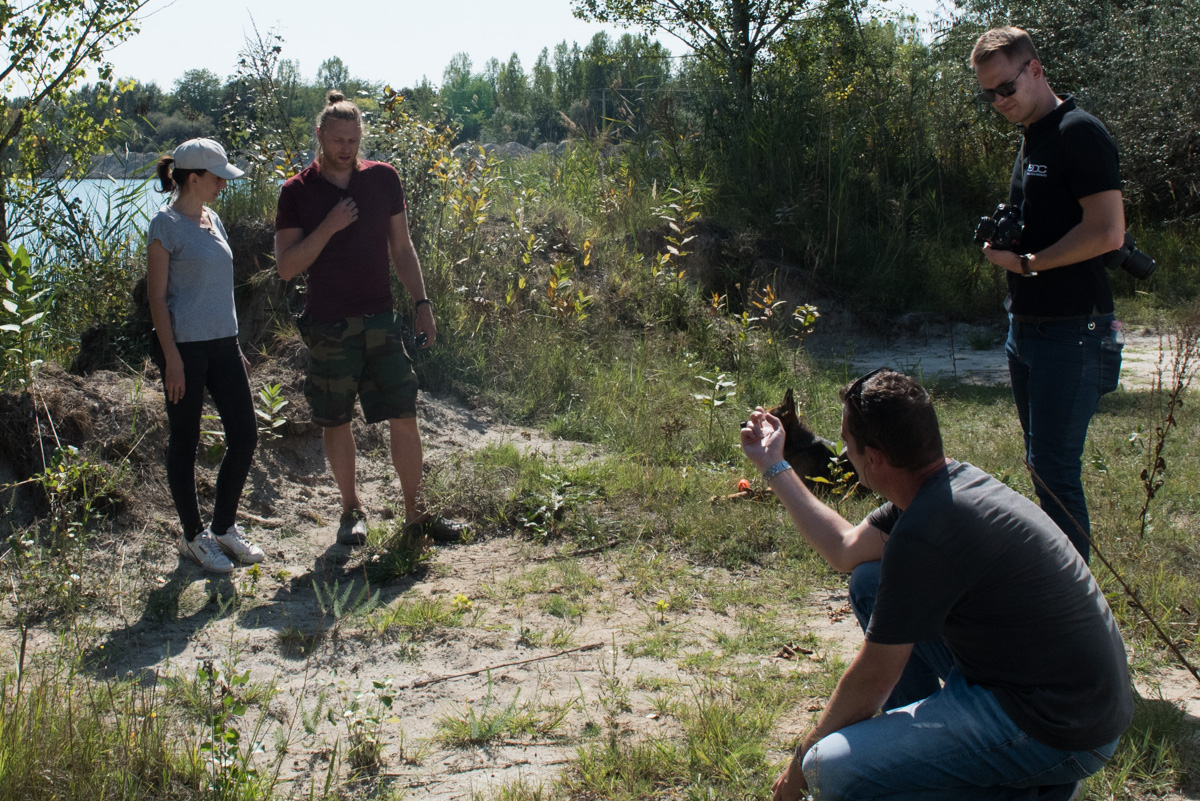
Both of their knowledge and expertise were needed to be able to create the final plans; Anita created the shapes, providing her skills related to the material and the production itself, and Tamás helped to put the criteria into words, to create the perfect environment for both the protected plants and the nesting birds. When it comes to a task like this, a designer joining forces with a biologist is the perfect combination.
The original idea of our customer was a single, united surface of floating islands, covered in pebbles, with a few smaller slate roofs for shade for the birds. Considering the production, transportability and the birds’ nesting habits we decided to divide the singular surface into three smaller islands, which are attached to each other underwater, having a six metre distance between each.
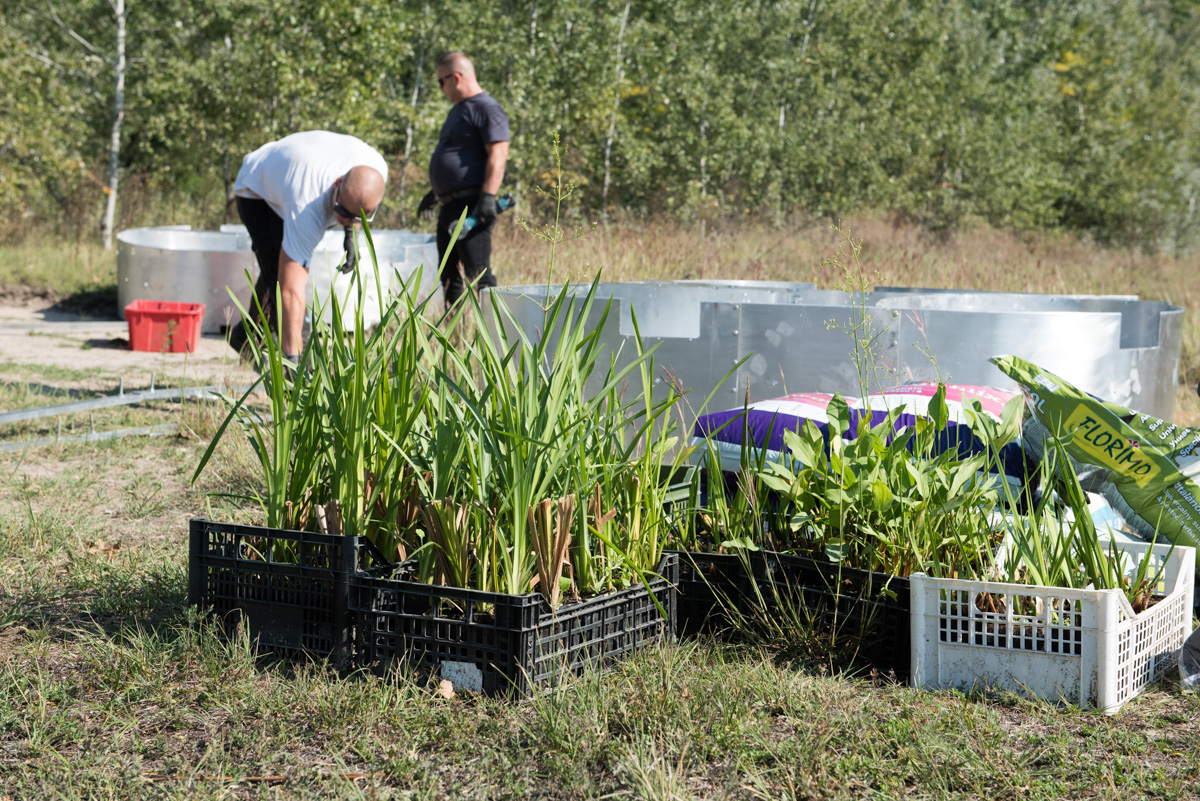
As for the materials, concrete was dismissed at the brainstorming phase as – unlike in the case of the floating concrete islands – the products had to fit to a completely different function and durability. For the sake of the above, we used aluminum plates, and the bodies of the islands are made of styrofoam. The surface of the islands are devided into parts, the hiding places are separated from each other by the rows of plants in the middle.
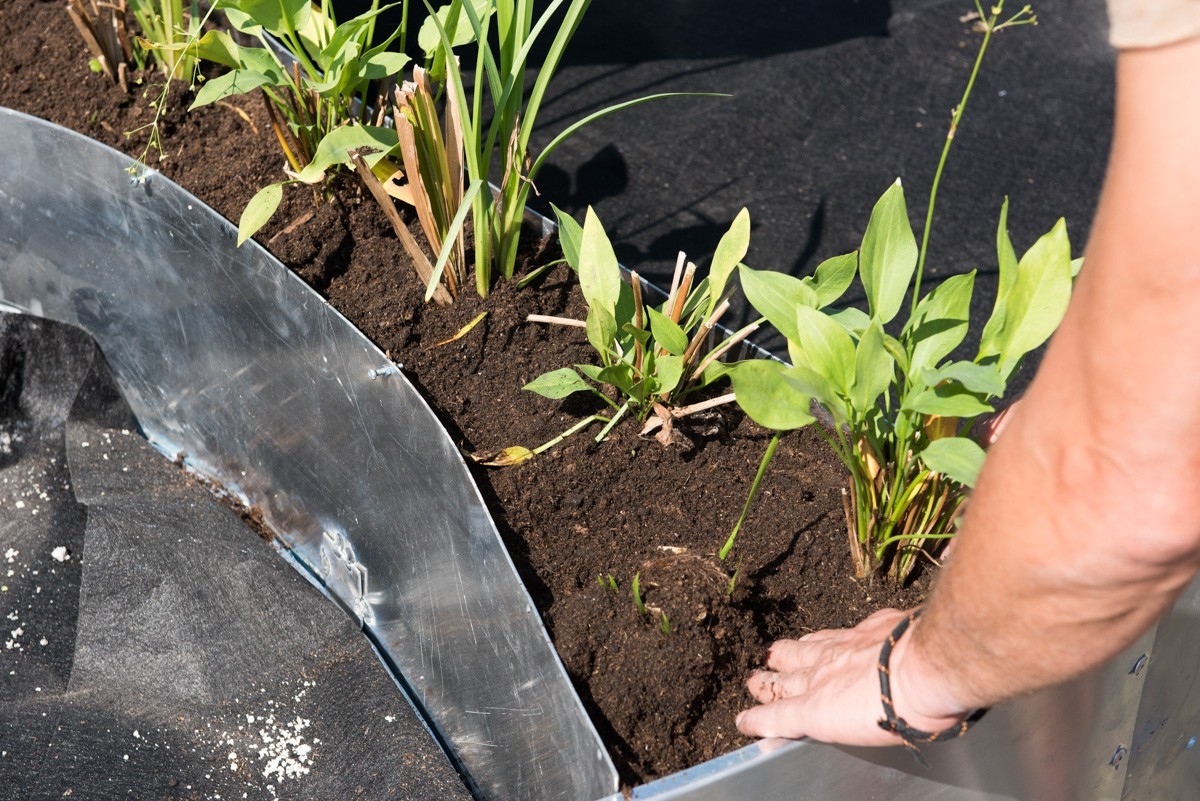
The plant species were selected by the suggestions of the employees of the national park: European water-plantain, muskrat root and sparganiaceae were used. Water can flow into the rows designed for the plants, the root systems will be underwater, imitating their natural environments. There is also a protective metal net protecting them from the birds.
The spaces created for the birds are filled up with the stones and pebbles mined on site. We also placed a few smaller aluminum plates by the rows of plants as shading. We didn’t forget about the baby birds who are yet to learn how to fly – there are ramps beginning at the pebble covered areas so they can get into the water safely.


